Birds of a Feather Flock to Native Habitats
Consumers can either leave your garden center with a single bird feeder or birdbath or the makings for an entire bird habitat — the decision is largely up to you. However, if you are among the many retailers still treating their birding section as an afterthought, take heed. You are missing out, not only on an ever-growing trend, but also on a substantial profit center. For instance, instead of placing emphasis on stand-alone birding items such as food or houses, emphasize the components of a bird habitat. Additionally, you can display your birding section prominently instead of in the nether regions of your store. Or display bird feeders, birdhouses and seed next to a bench full of bird-attracting green goods, as well as inside the main retail area.
Green goods in particular are highly effective cross-merchandisers if they are marketed as attracting certain species of birds. Not only do annuals and perennials provide food sources for birds, but they also provide nesting possibilities. Your customers will expect you to know which plants will attract which birds. If you simply direct your customer to your birding section, you may have lost a sale and a customer. However, if your customers find you knowledgeable, you may not only have won the sale but a lifetime customer as well.
Bird-Attracting Green Goods
Many common ornamental grasses, annuals and perennials are great for bird nesting and sustenance. But as with any plant, one of your first considerations should be selecting plants that are suitable to your geographic area. The success rate of these plants will not only be determined by their longevity and health, but also by their ability to attract the desired birds. Birds will not be attracted to sickly plants, so it is vital that you consider climate, soil conditions (pH), disease susceptibility/resistance, moisture level, sunlight requirements and the height or expanse of the plant as it matures in order to recommend the best plant for each customer’s desired habitat.
Ornamental prairie and native grasses are optimal for hardiness and survivability with natives also having the additional benefit of being low maintenance. Grasses provide excellent cover for ground-nesting birds such as geese and ducks. Stalks of large prairie grasses can likewise provide bunting for the nests of birds in places other than on the ground, and such grasses are particularly desirable since it is an acceptable practice to leave them unkempt.
Perennials can also provide excellent nesting material, as well as some seed. Some perennials grow thick stems and offer enough shrubbery to provide good nesting sites. Good nesters include lupine, echinacea, California poppy, coreopsis and cornflowers. It is notable, however, that not all perennials produce seed enough to sustain an entire bird population and will therefore necessarily have to be mixed with annuals.
Unlike perennials, annuals are abundant seed-producers. Cosmos, impatiens, marigolds and zinnias are low-maintenance and provide hearty sustenance for birds. Other good, seed-producing annuals are sunflowers, floss flowers, larkspurs, spider flowers, bachelor’s buttons, snapdragons and cockscombs. Annuals are the favorites of many songbirds, including sparrows and finches.
Wildflowers are also good seed producers and, after the summer season when they have dried to stalks, continue to provide dried seeds. Aster, goldenrod and yarrow in particular produce many seeds from one flower head and attract such birds as sparrows and juncos.
Though nectar-rich plants require more maintenance than wildflowers, they are often more brightly colored and therefore attractive to hummingbirds and orioles, who will not only feed from the plant, but pollinate it as well. Hummingbirds are especially attracted to nectar-rich perennials, annuals and vines. Favorite hummingbird perennials are bee balm, butterflyweed, cardinalflower, columbine, coral bells, cosmos, dahlias, delphiniums, flame acanthus, foxgloves, fuschias, geraniums, hollyhocks, lupines, monkeyflowers, penstemon, red hot pokers, sages, scarletsages, speedwells and verbenas. Hummingbirds’ favorite annuals include mountain garlands, four-o’-clocks, touch-me-nots, flowering tobacco, nasturtiums, petunias, spider flowers and zinnias. Hummingbird-attractive vines include bougainvilleas, cardinal climbers, flame vines, honeysuckle, rosary vines, trumpet creepers and trumpet vines.
Knowledge and Cross-Merchandising
Knowing which nursery stock to purchase and how to integrate it with your birding department is just the first step, although a huge one. The next step is to create a complete, integrated birding department or perhaps simply dust off the one you already have. Select a wide variety of high-quality products — bird feeders, birdbaths, birdseed, bird houses, green goods and anything else necessary to create a backyard bird habitat. Be knowledgeable about these products, particularly the green goods you stock. It does little good to you or your customer if you offer a wide variety of bird-attracting plants but know little about them. Finally, cross-merchandise your green goods with your birding products. Not every plant or flower that attracts birds should necessarily be displayed together. A smattering of popular bird-attracting plants or flowers will suffice if it is accompanied by signage that directs customers to additional bird-attracting green goods.
And creating a cross-merchandised bird department might not involve as many steps. Take a walk through your annual and perennial sections. You’ll probably find many of the varieties mentioned above. When you do, you’ll also find that increasing your bird-related sales will be as simple as moving some plants inside, some bird food outside and creating a couple of signs.



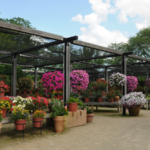


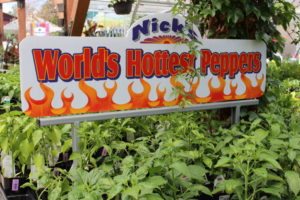
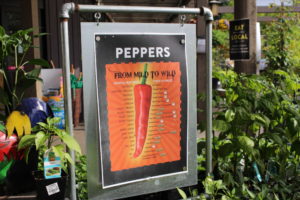
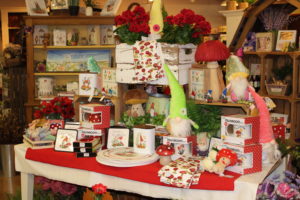
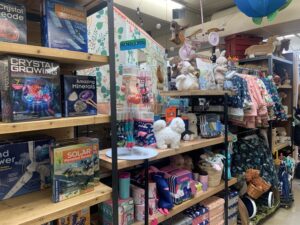
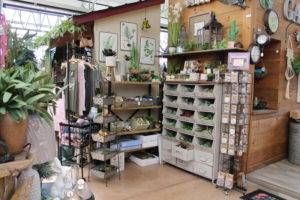
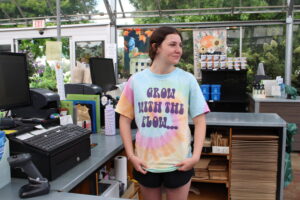
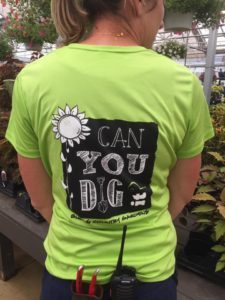

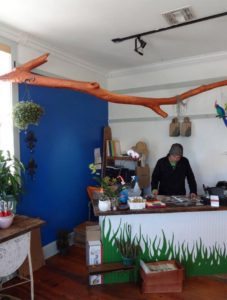
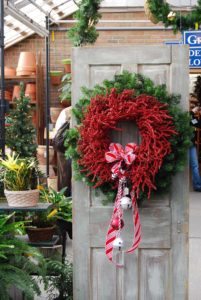
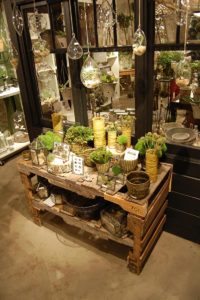
 Videos
Videos





